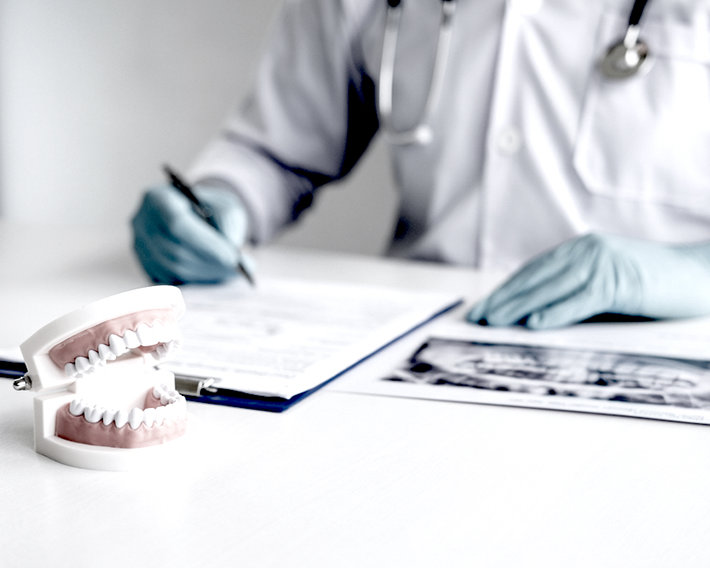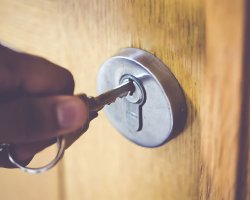Dentists: An Unexpected Source of Opioid Misuse and Addiction

Let’s imagine for a moment that you are the parent of a teenage or young adult child. You’re told by your child’s dentist that his (or her) wisdom teeth are going to be a problem and they need to be removed. Dutifully, you make one or more appointments for the extractions. Your child keeps the appointments, the extractions are done and you fill the prescription for Vicodin on the way home.
Did you just increase the chance of your child later misusing opioid drugs? Is it now more likely that he will become addicted to opioids at some point?
Unfortunately, the answer to both of these questions is yes. Of course, that outcome is the very last thing you want for your beloved child. Statistically, however, there’s now an increased chance that he will misuse opioids and may even be diagnosed with an opioid abuse problem as a result of this early introduction to the drug.
This is the finding of a recently-released study on the use of opioids that were prescribed by dentists. Let’s take a closer look at the results of this study.
Opioids, Dentists and Young Adults
This study, published 3 December 2018 in the Journal of the American Medical Association Internal Medicine, studied the outcomes of 14,888 patients with an average age of 22 years who were given opioids by their dentists. Their outcomes were compared to the outcomes of 29,776 patients with matching characteristics but NO opioid prescriptions. The results were startling.
“Of the patients given opioids, 1021 received another prescription for opioids within the next 90 to 365 days.”

Of the patients given opioids, 1021 received another prescription for opioids within the next 90 to 365 days.
That’s not so completely shocking, right? But now compare that number of patients getting their hands on more opioids to the number of patients who weren’t initially prescribed opioids. Among this non-opioid group, only 30 out of a pool of twice as many patients received an opioid prescription in the same time period.
That’s 1021 compared to 30.Let’s take it a step further. How many of the patients given opioids subsequently received an opioid abuse-related diagnosis? From this group, 866 people received such a diagnosis.
From the group NOT given opioids, how many received such a diagnosis? Only 115.
The fact of the matter is that more parents need to understand this relationship between early opioid prescribing and later problems. And so do dentists.
Potentially Three Million Opioid Exposures per Year
As reported by the New York Times, more than three million people have their wisdom teeth removed each year, most of them under 25 years of age. And nearly all of them go home with a prescription for opioid painkillers. It’s very likely that many of these young people never consumed an opioid before their teeth were extracted. The New York Times article calls them “opioid naïve.”
This article also cites a study of individuals who receive an opioid prescription by the twelfth grade. This study followed these students until they turned 23 to determine if these students later misused opioids “to relax or relieve tension” or “to feel good or get high” after receiving that initial prescription.
When those who had received opioids were compared to young adults who had not, opioid-prescribed students were 33% more likely to have later misused these pills to relax or get high.
The Cat is Out of the Bag

These two studies make it extremely clear: The risks of opioid abuse are significantly higher when opioids are handed out to the young.
These aren’t the only studies on this subject. If you want to read further, here’s another one. In this study, young patients who received opioid prescriptions after wisdom teeth extraction were nearly three times more likely to fill two or more prescriptions for opioids in the following year.
Of course, in case of a serious injury or surgery, there may be no avoiding a prescription for an opioid. However, dentists are now being advised to utilize non-opioid painkillers for post-extraction pain. In fact, 70% of oral surgery patients said they would choose a non-opioid pain reliever after their extractions if they were given a choice.
Curbing Our Opioid Epidemic
Changing the prescribing habits of dentists is only one of many actions that are needed if we are to reverse the current epidemic of opioid misuse and addiction. Until those habits change, the loss of life due to the opioid epidemic continues.
When the number of drug overdose deaths were totaled for 2017, America once again had a record number of deaths from drugs: more than 72,000 individuals lost their lives. The majority of these lives were lost to opioids. The presence of fentanyl on the illicit drug market may have directly killed many, but for some of them, they may never have encountered fentanyl if they had not been prescribed opioids at an early age.
Getting Our Priorities Straight
There are few national health priorities higher than curbing the misuse of opioids. According to these and similar studies, it is vital to keep our teens and young adults from being unnecessarily exposed to opioids.

In addition, if youth are given opioids, those pills must be controlled by the parents. This is hard for some parents to manage. After all, they want to trust their child and possibly they may work far from home and would be unable to hand the pills out. If they can’t, they should know exactly how many pills are in the bottle. In addition, even if a family’s own children are trustworthy, other young people are likely to visit the home and one of them may be tempted by a bottle of pills. Parents should count the pills every single day or, better yet, just leave two or three in the bottle for that day’s pain and lock the others up.
This will sound extreme and unnecessary to some parents. But many parents later wished they had taken these actions.
One Florida family found out the hard way how dangerous it is to leave pills out where anyone can access them. The mother told me how close she came to losing her son. The young man suffered an injury during gymnastics competition that required surgery to repair it. Multiple surgeries failed to fix the problem and the young man faced the end of his gymnastics training and competition. Because the family trusted their kids, they didn't bother to lock up the pills he was given for post-surgery pain. Stricken by the loss of his favorite activity, the young man began misusing the painkillers. By the time they realized that their son was misusing the pills, he was dependent on them. It took multiple tries to get him stably sober again. But, in fact, this family was lucky. Their son survived his misuse of his medication. Many families are not that lucky.
The avoidance of opioid prescriptions when possible and the strict control of any opioid painkillers in the home are simple steps but vital. Either one could potentially save multiple lives.


 ®
®